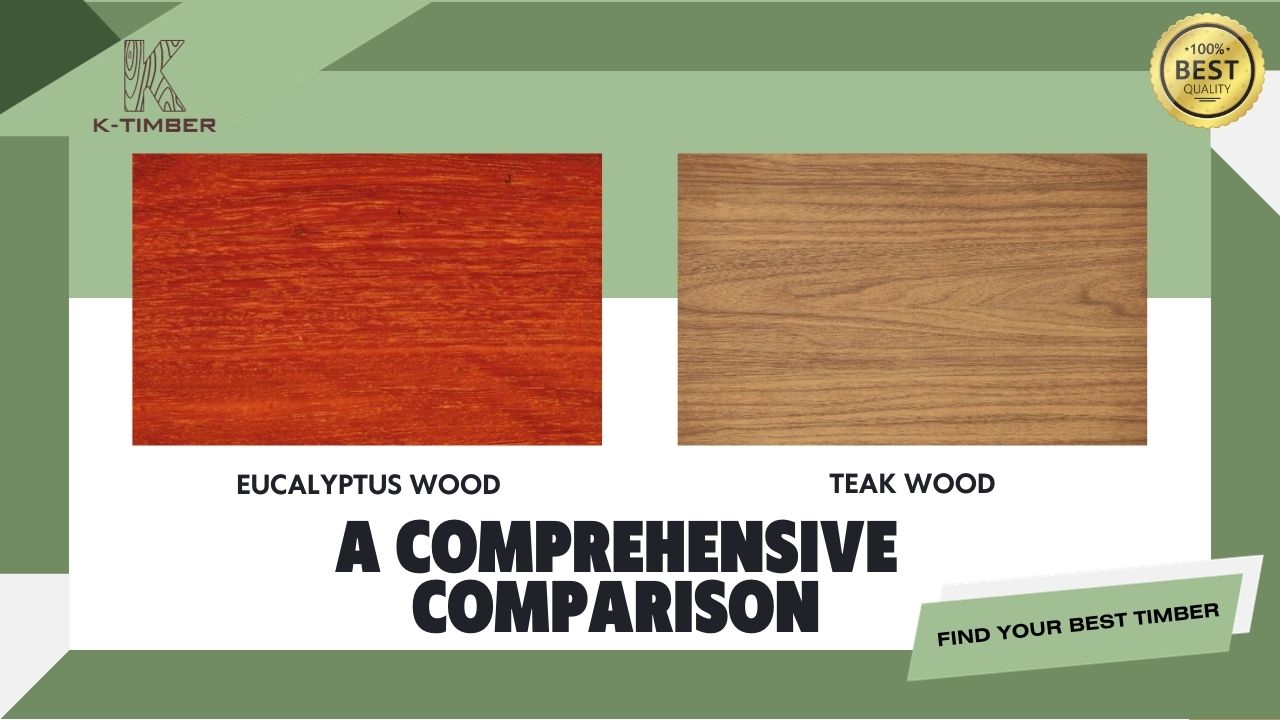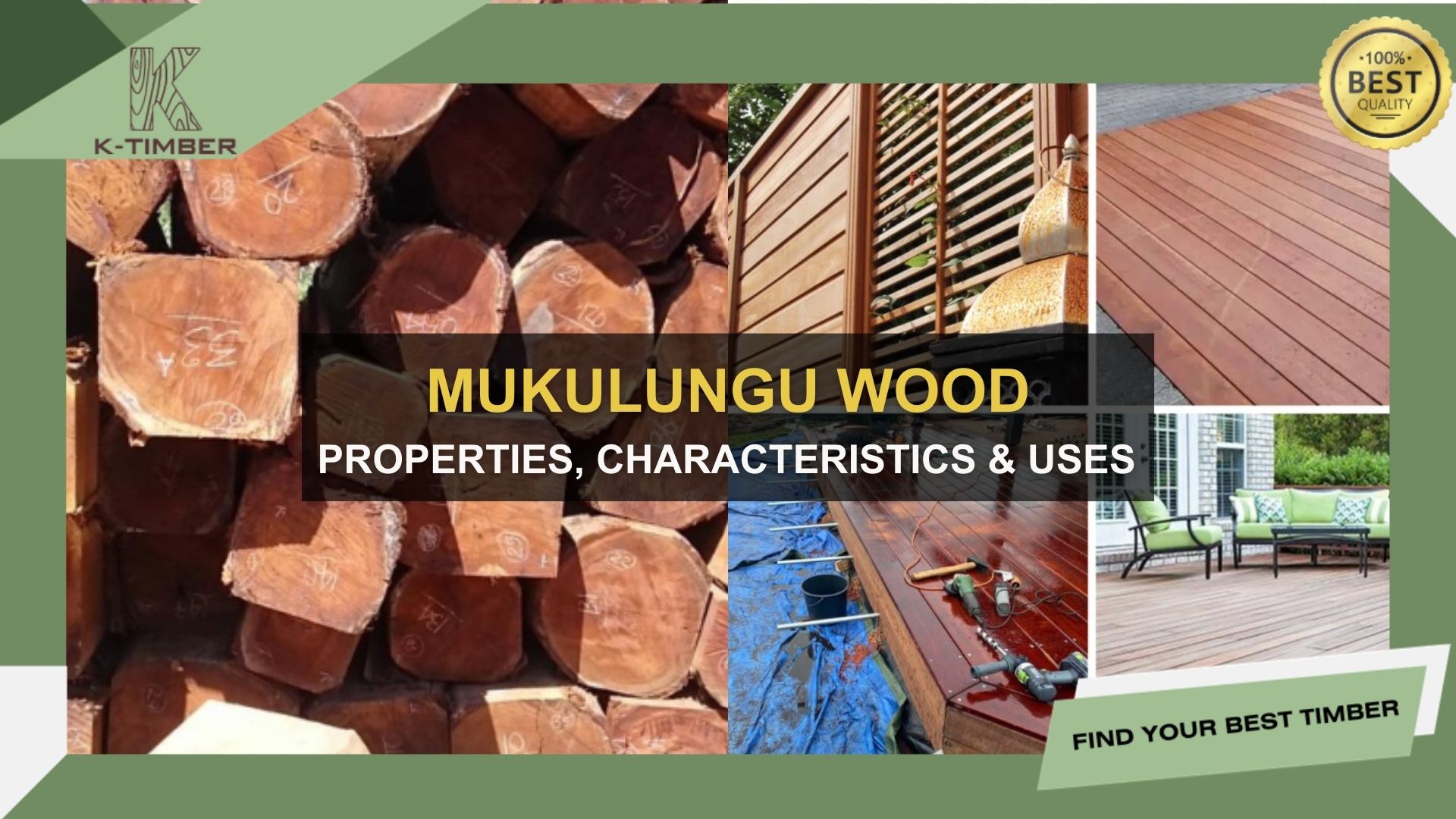To prevent and minimize violations that are increasing as the economy tends to develop, there are important certificates in wood industry that must be obtained when we want to develop sustainably and long-term: FSC, CITES, and PEFC. In this article, K-Timber will analyze each type of certificate and why it is necessary in the wood business.

Table of Contents
FSC
FSC stands for the Forest Stewardship Council, an international non-profit organization established in 1994. Their mission is to help companies and consumers find forest products manufactured from materials that support sustainable forestry.
Type of FSC certificate?
An organization obtains FSC certification following approval and assessment by the FSC. There are 3 different FSC certifications available right now: FSC-FM, FSC-CoC, FSC-CoC/CW.
- FSC-FM (FSC-Forest Management)
FSC Forest Management Certification is a market-based accelerator that promotes financially successful, socially beneficial and environmentally sound forest management.
When a logging company is proven to be productive in both ecological and socioeconomic aspects of forest management, it will receive third-party recognition and the ability to reach markets willing to pay higher prices for sustainably produced products
- FSC-CoC (FSC-Chain of Custody)
The distribution of commodities from their point of origin in the forest to their ultimate destination is referred to as the FSC-Chain of Custody. Organizations that can demonstrate that the wood products they sell come from approved sources are often granted this certification.
Verification of FSC-certified material use across the whole production process—from the forest to the customer—including all stages of processing, transformation, manufacture, and distribution—is made possible by the FSC-CoC.
- FSC-CoC/CW (FSC-Controlled Wood)
Forest-based lumber that has passed a thorough risk assessment process in accordance with the FSC’s Controlled Wood standards and been determined to have a low chance of failing to meet five of the organization’s most important principles is known as FSC Controlled Wood.
FSC Chain of Custody businesses may receive FSC Controlled Wood from forest management groups that adhere to the five FSC Controlled Wood requirements.
Here, K-Timber, we have had the FSC certificate for Single Chain of Custody and Controlled Wood, besides exploiting forest timber, we also always focus on preserving nature, building and regenerating the environment, and developing the economy for the people.

How to get the FSC certificate?
FSC certification commits that forest areas are preserving biodiversity while still bringing benefits to local people and workers, helping to maintain and develop the economy. FSC certified forests will be managed according to strict environmental, social and economic standards. To receive FSC forest management certification, timber traders and operators need to comply with the following 10 principles:
- Principle 1: Adhere to all applicable laws, regulations, and nationally ratified international treaties, conventions, and agreements.
- Principle 2: Preserve or enhance the social and economic well-being of workers.
- Principle 3: Identify and protect Indigenous Peoples’ legal and customary rights to own, use, and manage land, territories, and resources affected by management operations.
- Principle 4: Help to preserve or improve the social and economic well-being of local communities.
- Principle 5: Efficiently manage the Management Unit’s diverse goods and services in order to preserve or improve long-term economic viability as well as a variety of environmental and societal advantages.
- Principle 6: Maintain, protect, and/or restore the Management Unit’s ecosystem services and environmental values, while avoiding, repairing, or mitigating negative environmental consequences.
- Principle 7: Have a management plan that is compatible with policies and objectives while also being appropriate to the extent, intensity, and risks of its management operations. The management plan must be implemented and updated depending on monitoring data in order to foster adaptive management. The related planning and procedural documentation must be sufficient to assist employees, inform impacted and interested stakeholders, and justify management actions.
- Principle 8: To execute adaptive management, demonstrate that progress toward attaining management objectives, the impacts of management actions, and the condition of the Management Unit are monitored and assessed in proportion to the scale, intensity, and risk of management activities.
- Principle 9: Maintain and/or improve the High Conservation Values in the Management Unit by using a cautious approach.
- Principle 10: Ensure that management activities carried out by or for the organization’s management unit are chosen and implemented in accordance with the organization’s economic, environmental, and social goals and objectives, as well as the Principles and Criteria as a whole.

Why is the FSC certificate important?
The FSC is a global network of members, employees, certificate holders, promotional license holders, and responsible consumers. By collaborating, we can help guarantee that we use forests and forest products responsibly, altering the global forest trend toward sustainable use, conservation, restoration, and respect for everyone.
CITES
CITES (the Convention on International Trade in Endangered Species of Wild Fauna and Flora) is an international treaty between states. Its goal is to guarantee that international trading in wild animal and plant specimens is not harming the existence of the species.
CITES was drafted in response to a resolution adopted by IUCN members in 1963. The wording of the Convention was eventually agreed with during a conference of delegates from 80 nations in Washington, D.C., United States of America, on March 3, 1973, and CITES went into effect on July 1, 1975.
CITES operates by subjecting international commerce in specimens of certain species to specified restrictions. All imports, exports, re-exports, and introductions from the sea of species protected by the Convention must be permitted through a licensing system. Each Party to the Convention must nominate one or more Management Authorities to oversee the licensing system, as well as one or more Scientific Authorities to advise them on the impacts of trade on the species’ status.
How to get the CITES certificate?
The species protected by CITES are classified in three Appendices, according to the level of protection required:
Appendices I and II
Appendix I lists endangered species. Trade in specimens of these species is only authorized under extraordinary conditions.
Appendix II comprises species that are not necessarily on the verge of extinction, but whose trade must be regulated to avoid exploitation that is detrimental to their conservation.
Appendix III
This Appendix comprises species that are protected by at least one nation, which has requested assistance from other CITES Parties in restricting trade. Changes to Appendix III are handled differently than changes to Appendices I and II since each Party has the right to unilaterally update it.

Why is the CITES certificate important?
International collaboration is needed to manage the cross-border trade in wild animals and plants in order to protect specific species from overexploitation. It was with this spirit of collaboration that CITES was conceived. More than 40,000 different species of plants and animals are now protected to varied degrees by it, regardless of whether they are sold as live specimens, fur coats, or dried herbs.
PEFC
PEFC, or the Programme for the Endorsement of Forest Certification, is a famous international alliance of national forest certification programs. As a global non-governmental organization working for non-profit, PEFC’s mission is to use independent third-party certification to advance sustainable forest management.
How to get the PEFC certificate?
To be certified as a PEFC chain of custody, you must meet a few essential rules:
- Rule 1: Ensure your procedures align with the PEFC International Chain of Custody standard (PEFC ST 2002) and integrate this information into existing systems like ISO 9001 or ISO 14001 procedures.
- Rule 2: Identify, brief, and train personnel involved in tasks impacting the chain of custody, including buyers, marketing, and sales teams. Ensure all participants understand the purpose and requirements of chain of custody certification.
- Rule 3: Implement checks to verify that sourced materials are PEFC certified, as certified goods production requires certified material procurement.
- Rule 4: Establish processes to separate and handle certified goods separately from non-certified ones, ensuring accurate accounting of certified content in products with both certified and non-certified materials.
- Rule 5: Conduct periodic reviews of its systems and annual internal reviews

Why is the PEFC certificate important?
As wood traders, PEFC certification connects forests of all sizes to the global marketplace. By certifying your forest to a national standard, you gain the flexibility to sell PEFC-certified timber worldwide. This inclusive certification caters to the diverse needs of forest owners, whether they are large corporations with ample resources or smaller entities, ensuring a unified demonstration of sustainable forest management practices
Above are the 3 most important certificates that any wood trader must know and equip if they want to develop sustainably and long-term. Besides, there are also equally important certifications such as EIA, SGS,… which due to article length limit, I cannot note them all.
If you want to receive accurate advice about each type of certificate, contact our experts or fill in the form below the article. K-Timber is ready to advise you 24/7. With nearly 30 years of experience in the wood industry, accompanying over 1,000 partners in more than 70 countries, we have a team of leading experts who can accompany and support you that you won’t find anywhere else in this industry.





![[K-Timber] Blog Post Boder](https://k-timbers.com/wp-content/uploads/2024/06/K-Timber-Blog-Post-Boder-2.jpg)





![[K-Timber] Blog Post Boder (1)](https://k-timbers.com/wp-content/uploads/2024/06/K-Timber-Blog-Post-Boder-1.jpg)